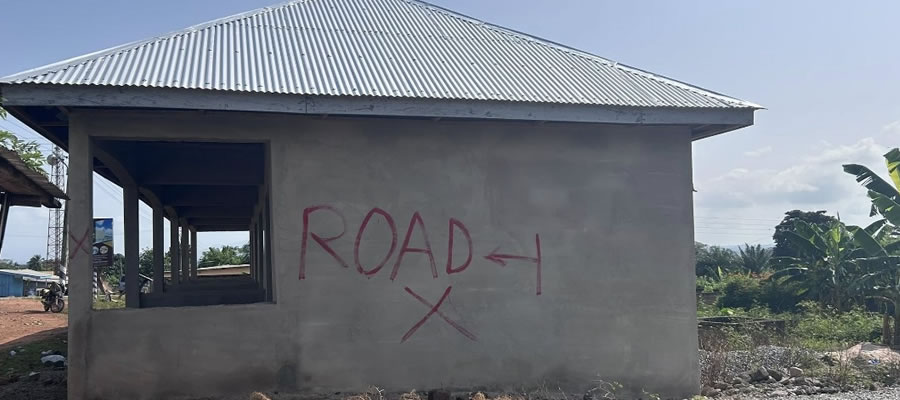

Availability and accessibility to improved drinking water is important to the health of household members. The identified sources are as follows; Protected well three percent (2.9%) Pipe-borne inside dwelling six percent (5.6%), Pipe-borne outside dwelling (16.1%), River/stream (17.6%). Public tap/ stand pipe (22.7%). bore-hole /pump/tube well (27.2%).
There are variations in sources of drinking water in Urban and Rural localities. (41.2%) of dwellings uses public tap / standpipe in the urban localities as compared to (20.4 %) in the rural localities. Number of dwelling units that depends on stream/river in the rural localities are (18.8%).Whilst that of the urban is about eight percent (8.3%), bore-hole/pump/tube well (30.6%) in rural and less than one percent (0.8%), in urban localities.
Out of the seven main disposal methods identified in the District public dump (open space ) usage is the most popular; used by 56.5 percent of households followed by disposal of waste by burning(19.7%).Households that dump waste indiscriminately constitute 10.7 percent, About two percent of households (1.8%) uses public dump (container) and others as their means of disposal of solid waste in the District.
Nearly 40 percent (38.5%) of households in rural communities uses public dump (open space) to dispose of waste compared to (58.8%) in the rural localities ,Thirty percent of households in urban areas burn their solid waste while only 18.4 percent do so in in rural localities.
Nearly one-half (48.9%) of households dispose of their liquid waste by throwing onto compound (and nearly one-third (30.5%),onto the street/ outside. Disposal through sewage system accounts for less than one percent.(2010 Population and Housing, Ghana Statistical Service )
This shows that policy intervention should be geared toward making potable water accessible to the citizenry in the District.
Date Created : 11/20/2017 6:52:15 AM












 facebook
facebook
 twitter
twitter
 Youtube
Youtube
 +233 593 831 280
+233 593 831 280 0800 430 430
0800 430 430 GPS: GE-231-4383
GPS: GE-231-4383 info@ghanadistricts.com
info@ghanadistricts.com Box GP1044, Accra, Ghana
Box GP1044, Accra, Ghana